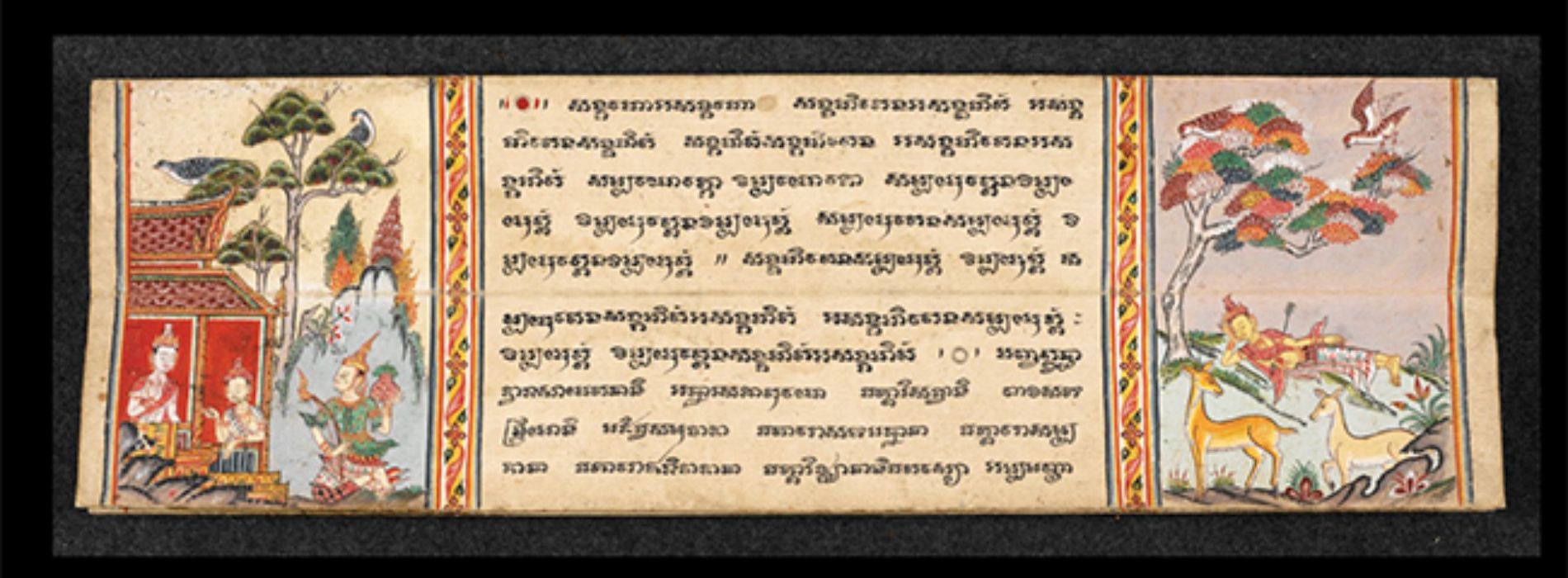What are the sacred texts of Buddhism?
What are the sacred texts of Buddhism?
The fundamental writings of Buddhism
Buddhism is an ancient religion based on the teachings of the Buddha, Siddhartha Gautama. The fundamental writings of Buddhism are called the "Tipitaka", which means "the three baskets". They are the basis of Buddhist doctrine and are considered the words of the Buddha himself. The first basket, called "sutta pitaka", contains the discourses of the Buddha. The second basket, called "vinaya pitaka", brings together the monastic rules. And finally, the third basket, called "abhidhamma pitaka", is a collection of in-depth philosophical and psychological texts.
The writings of the Tipitaka were passed down from generation to generation, first orally, then in writing. They are considered sacred by Buddhists around the world and are used as guides for the practice and study of Buddhism.
The Lotus Sutra
The Lotus Sutra is one of the most important sacred texts in Mahayana Buddhism. This sutra was taught by the Buddha to convey the supreme and universal truth of enlightenment. It also describes the nature of ultimate reality and the path to enlightenment.
The Lotus Sutra is considered particularly powerful and beneficial to those who read or recite it. It is often recited in Buddhist temples and is revered as a source of inspiration and wisdom.
Mahayana Buddhists consider the Lotus Sutra to be an essential text for the cultivation of compassion and wisdom.
The Dhammapada
The Dhammapada is a collection of maxims and verses attributed to the Buddha himself. It is considered one of the most accessible and practical texts in Buddhism. The Dhammapada addresses themes such as morality, meditation, wisdom and enlightenment.
The Dhammapada is often used as a moral guide for daily life and is studied by Buddhists around the world with the aim of developing virtue and deep understanding of reality.
The verses of the Dhammapada offer valuable teachings for those who wish to practice Buddhism in their daily lives and find inner peace.
Tibetan Buddhist sacred texts
Tibetan Buddhism also has its own sacred texts, which play a central role in the practice of this branch of Buddhism. Some of the most important texts of Tibetan Buddhism include the sutras, tantras, and in-depth philosophical texts.
The sutras of Tibetan Buddhism contain the fundamental teachings of the Buddha, transmitted through the centuries. They cover topics such as compassion, emptiness, and the path to enlightenment. Tibetan Buddhists study these sutras and recite them regularly as a spiritual practice.
The Tibetan Book of the Dead
The Tibetan Book of the Dead, also known as "Bardo Thodol", is a sacred text that guides the deceased through the different states of consciousness after death. It offers instruction on how to wisely navigate post-mortem realities and break free from the cycle of rebirth.
The Tibetan Book of the Dead is considered a valuable tool for those practicing meditation and preparation for death. It offers a deep understanding of the nature of existence and ultimate reality.
Practitioners of Tibetan Buddhism place great importance on the Tibetan Book of the Dead, which is used in funeral rituals and spiritual practices to help the deceased achieve a favorable state of rebirth.
The tantras of Tibetan Buddhism
Tantras are sacred texts of Tibetan Buddhism that deal with esoteric subjects and advanced practices. They provide detailed instructions on meditation methods, rituals and visualizations, aimed at achieving enlightenment in this very life.
Tantras are considered extremely powerful texts and are transmitted from master to disciple as part of the esoteric teaching of Tibetan Buddhism. They require a thorough understanding of Buddhist teachings and guided practice by a qualified master.
Tibetan Buddhists study the tantras with devotion and consider them a quick and effective way to achieve enlightenment in this very life.
The Bhagavad-Gita: a text inspired by Buddhism
The Bhagavad-Gita, although belonging to the Hindu tradition, is often considered a text inspired by Buddhism, particularly by its central theme of the search for wisdom and spiritual liberation.
The Bhagavad-Gita recounts the dialogue between the warrior prince Arjuna and the god Krishna, who teaches him the principles of wisdom and right action. This text offers a deep insight into spirituality and the nature of existence.
The nature of the soul according to the Bhagavad-Gita
The Bhagavad-Gita addresses the nature of the soul and its relationship with the universe. According to this text, the soul is eternal and transcends the physical body. It is immutable and cannot be destroyed by death. The ultimate goal is to achieve unity with the supreme soul, the divine essence that lies within each of us.
The Bhagavad-Gita offers a unique perspective on spirituality and liberation. It emphasizes deep understanding of oneself and achieving oneness with the divine.
The path of devotion in the Bhagavad-Gita
The Bhagavad-Gita also presents the path of devotion as a powerful means of achieving spiritual liberation. She recommends cultivating boundless love and devotion to the Supreme Soul. Sincere devotion is considered a sure path to the realization of ultimate truth.
The Bhagavad-Gita inspires believers to cultivate devotion and seek truth beyond appearances.
Reflection on the sacred texts of Buddhism
The sacred texts of Buddhism, whether from the Pali canon, Tibetan traditions or other branches of Buddhism, are valuable guides for practitioners of Buddhism. They offer profound teachings on the nature of existence, compassion, meditation and the search for enlightenment.
These texts have been passed down for centuries and continue to be studied and meditated on by Buddhists around the world. They are considered treasures of wisdom and inspiration, and if approached with an open attitude and sincere curiosity, they can have a profound impact on our understanding of ourselves and the world around us.
In conclusion, the sacred texts of Buddhism are varied and rich in wisdom. Whether they are the foundational writings of Buddhism, the sacred Tibetan Buddhist texts, or Buddhist-inspired texts found in other spiritual traditions, these texts offer a deep understanding of reality and the path to enlightenment. Studying and meditating on these texts can help us cultivate compassion, wisdom, and inner peace.












































